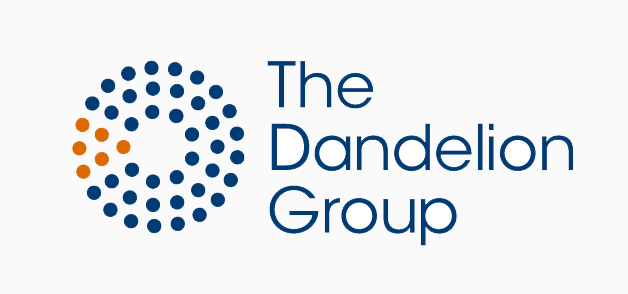It’s not what you say
Communication is like capoeira; it takes two. The same message can have diametrical effects if we do not keep the receiver in mind. This is why marketeers and pollsters developed tools to segment audiences.
Frank Luntz is one of the Republicans’ most prominent public opinion gurus. In his book, he explains how he tests words and concludes that is not what you say but what people hear. If you run for office or manage a multinational company, big data and neuroscience can give you a lot of insight. If you have a tighter budget, try the approach below before heading to your next event.
How to say what they hear
Start by answering three questions: What brings these people together?
(e.g. take informed decisions, solve a problem, have fun)What do they know and believe?
(e.g. based on similar events, media or another third party)What do they know about and expect of you?
(e.g. expert input, passive observant, active moderation)With this information in mind, visualise yourself in a typical situation where you make a point that resonates with the audience.
(e.g. providing a new angle with a question)Eventually, leave a good impression at the event.
(e.g. by preparing and contributing information or actionable points that they deem helpful)
Exercise
Ramona J. Smith won this year’s Toastmaster’s World Championship of Public Speaking. You can watch her speech here. Your task is to identify two audiences: the ideal one and one group of people who would not have cared at all.
Learn the techniques. Boost your confidence. Make your point.
Click here and jump the curve.

